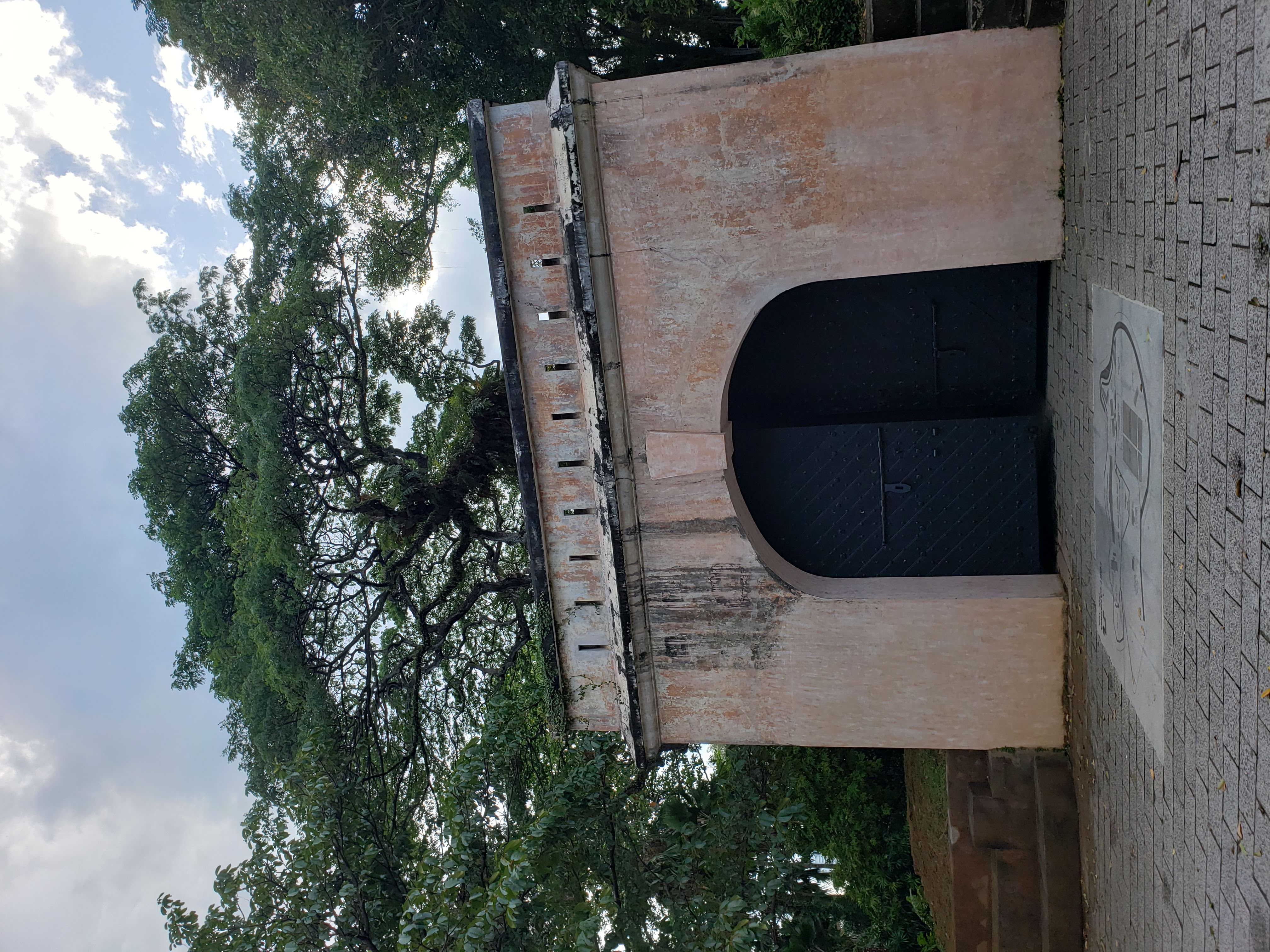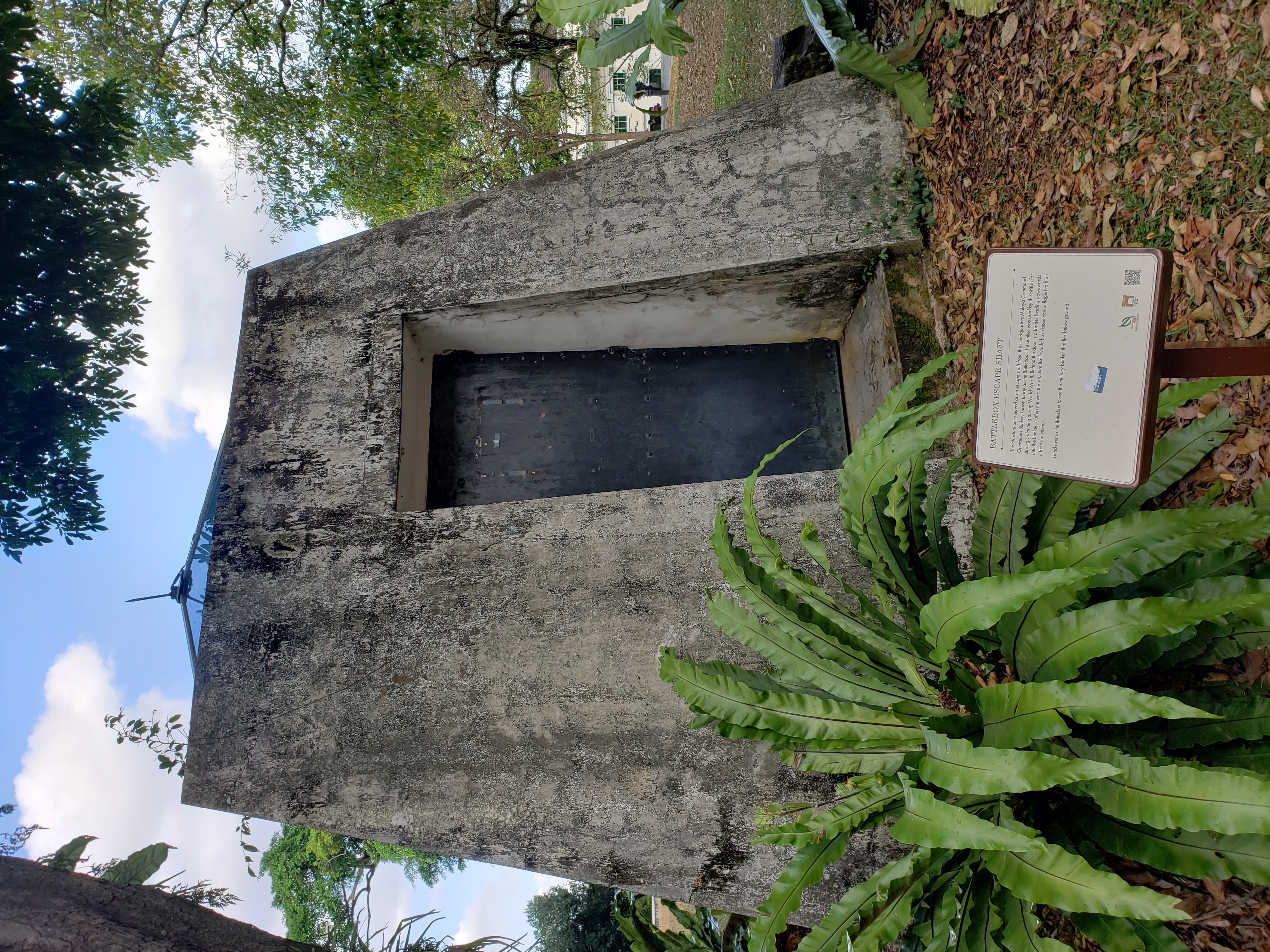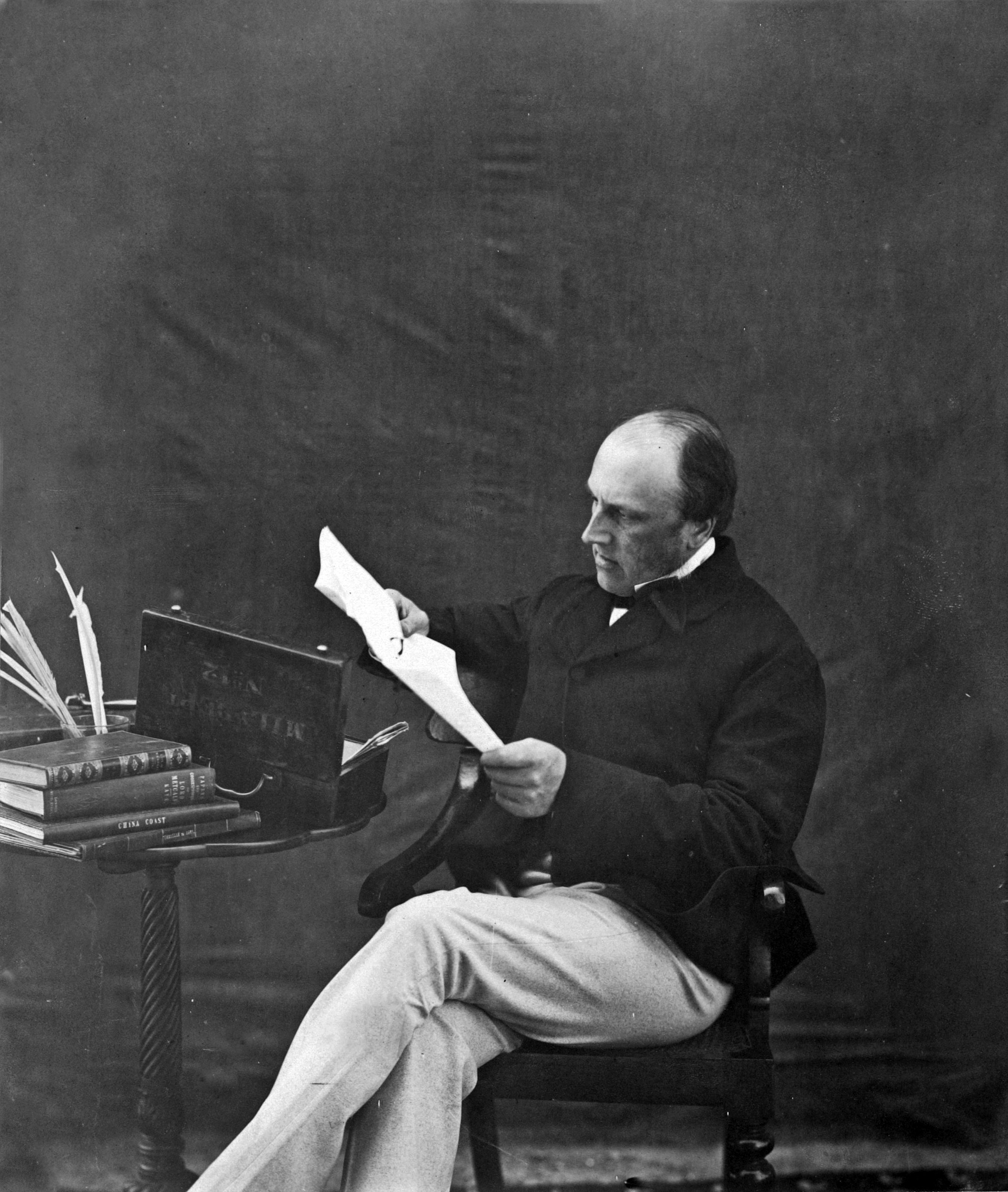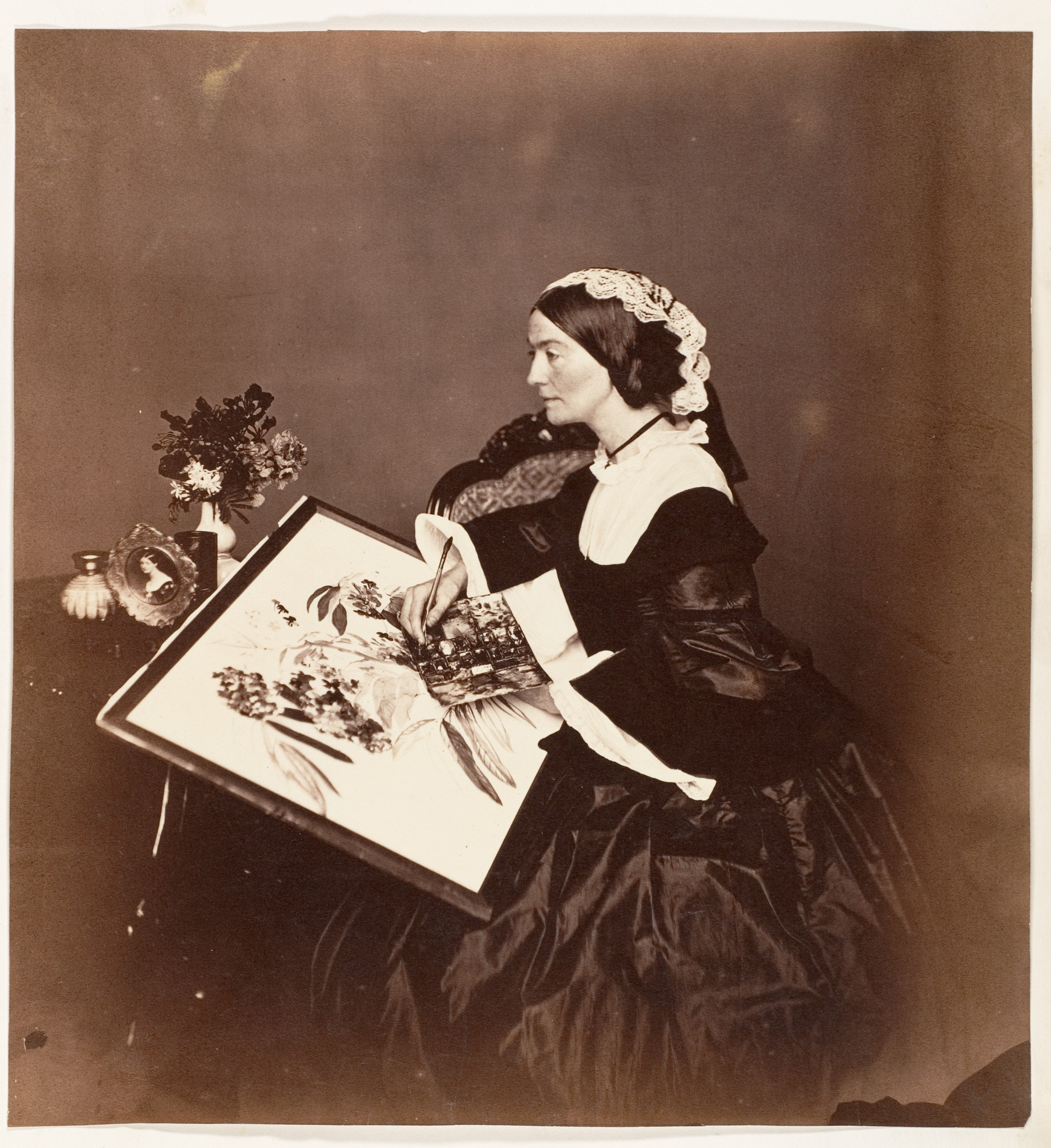From Fort Canning to the Ledikeni
Published:
Fort Canning is perhaps one of Singapore’s best known landmarks. A verdant hill in Central Singapore steeped in centuries of history, it served as seat of Malay royalty in the medieval ages, was the site of the signing of the Singapore Treaty in the 1819, and the setting of what was, according to Churchill, the most ignominious surrender in the history of the British empire, in 1942.

The Gate of Fort Canning

The bunker at Fort Canning where the British surrendered to the Japanese in 1942
The name Canning would be familiar to many Indians, especially those from West Bengal. It was, after all, the same Lord Charles Canning, who was the Governor General of India during the Revolt of 1857 and the first Viceroy of British India immediately after. Today, there is a Canning Street in Central Kolkata, and even a town in the South 24th Parganas district of West Bengal that carries the same name. In part due to the spread and influence of the British empire in the 19th century, Lord Canning was also involved in arbitrating in matters in far off Africa, upholding a will that led to the split of the Sultanate of Oman into the Sultanate of Oman and the Sultanate of Zanzibar.

Lord Canning, 1860 (source: Wikipedia)
Unbeknownst to many, one of the lesser known references to Canning lies hidden within the name of an unassuming confectionery in West Bengal. Legend has it that 19th century Bengali confectioners prepared a fried sweetmeat using chhena and flour in honour of Countess Charlotte Canning, the wife of Lord Canning. This sweetmeat, similar in form and structure to the more popular pantua and its North Indian cousin, the gulabjamun, became one of her favourite desserts. It was, therefore, given the name “Lady Canning” - which eventually got mangled by the Bengali mouth, both literally and figuratively, to “Ledikeni” - a moniker it continues to be known by, today.

Painting of Lady Canning by H Hering in Calcutta, 1861 (source: Wikipedia)
